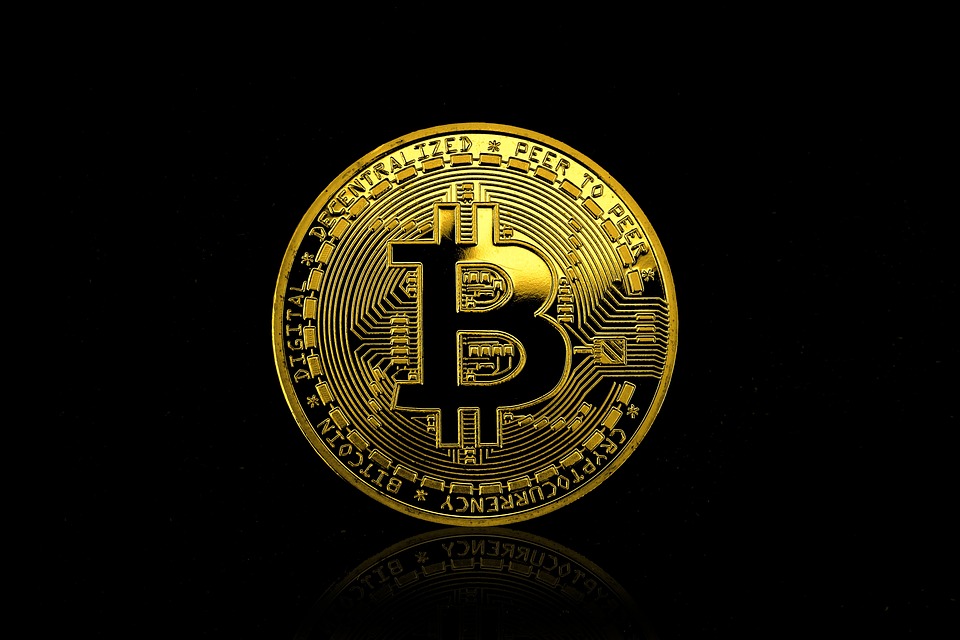As we delve into the weekly economic landscape, it becomes crucial to examine the fluctuations and developments that define our global and local markets. This week, a confluence of factors—from inflationary pressures to labor market shifts—has shaped market sentiment and investment strategies. In this article, we will explore the key economic trends observed over the past week and analyze their broader implications.
Inflation Trends Resurface
One of the most significant trends impacting markets this week was the renewed focus on inflation. Recent reports indicated a slight uptick in consumer prices, primarily driven by rising energy costs and supply chain bottlenecks. The Consumer Price Index (CPI) showed an increase of 0.4% month-over-month, sparking talks of persistent inflationary pressures that may influence future monetary policy.
Implications: The Federal Reserve’s current stance on interest rates may need reevaluation if inflation continues to climb. Investors are closely monitoring the central bank’s signals, as any indication of a shift in policy could very well impact asset valuations across the board. Stocks in sectors sensitive to interest rates, such as technology and real estate, exhibited volatility as market participants recalibrated their expectations.
Labor Market Dynamics
The labor market continued to offer mixed signals this week. While initial jobless claims decreased, reflecting a tightening labor market, recent payroll data revealed a slower-than-expected job growth rate. The disparity between claims and payroll growth suggests that while more individuals are finding jobs, the pace isn’t robust enough to alleviate concerns about economic stagnation.
Implications: This juxtaposition of data points indicates that wage pressures could persist, as employers may need to offer higher wages to attract talent in a competitive job market. Consequently, companies could face squeezed profit margins, potentially leading to cautious stances on hiring and investment. Market analysts suggest that sectors heavily reliant on consumer discretionary spending might feel the pinch, as higher wages may not necessarily translate to increased consumer spending without a commensurate rise in disposable income.
Energy Sector Volatility
Energy prices experienced notable volatility this week, influenced by geopolitical tensions and fluctuating demand forecasts. Crude oil prices surged following news of possible production cuts from key OPEC+ members, while natural gas markets reacted to weather patterns signaling potential increases in heating demand.
Implications: Rising energy costs have a ripple effect across various industries, leading to increased operational expenses for companies reliant on energy inputs. This may lead to higher consumer prices and inflationary pressure, further feeding into the cycle of economic uncertainty. Energy stocks rallied in response to the upward price movement, indicating that market participants are positioning themselves to capitalize on this volatility.
Consumer Confidence and Spending
Despite the inflationary concerns, consumer confidence appeared resilient, buoyed by robust spending in previous weeks. Retail sales figures exceeded expectations, indicating that consumers are still willing to spend, albeit with caution regarding non-essential purchases.
Implications: A sustained consumer confidence level supports economic growth, as consumer spending accounts for a significant portion of GDP. However, if inflation continues to erode purchasing power, there may be a shift in consumer behavior, leading to prioritization of necessities over luxuries. Retailers might need to adapt their strategies to navigate a potential shift in consumer demand dynamics.
Global Economic Considerations
Global economic trends also played a crucial role in shaping market sentiment this week. Data releases from major economies—particularly the Eurozone and China—indicated a mixed economic recovery, further complicating the outlook for global trade and investment.
Implications: The interconnectedness of the global economy means that growth—or lack thereof—in one region can have significant ripple effects elsewhere. Investors are advised to keep an eye on international trade policies, currency fluctuations, and geopolitical developments, as these factors can profoundly affect local market conditions.
Conclusion
As we analyze the economic trends of the past week, it is clear that various factors—ranging from inflation dynamics and labor market shifts to energy volatility and consumer behavior—are shaping the current market landscape. Investors should remain vigilant and adaptable, understanding that economic indicators can be both a navigational tool and a source of uncertainty. By staying informed and responsive to these trends, market participants can better position themselves to navigate the complexities of the evolving economic environment.

